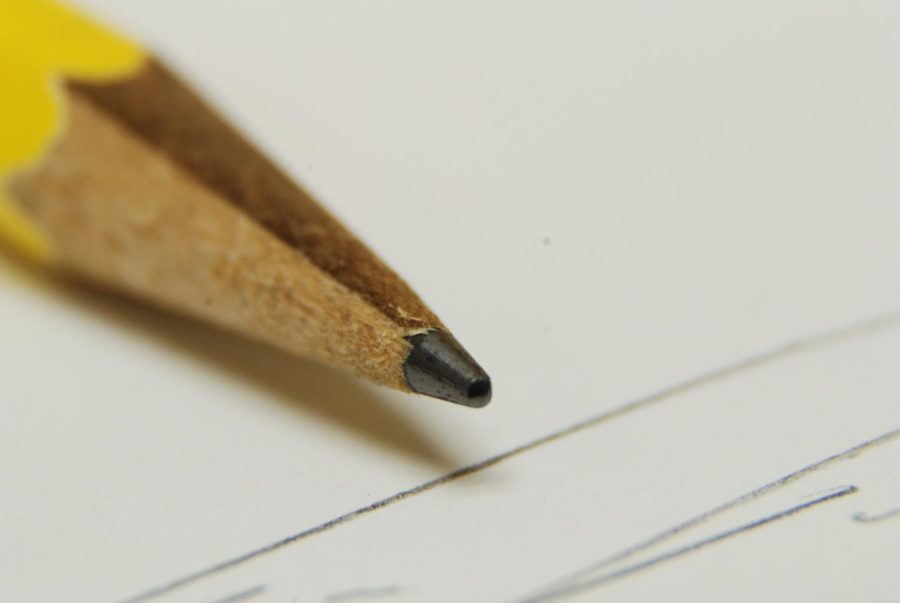History of Pencils
The creation of the pencil.
Long before any legible alphabet or scripture existed, humans managed to communicate and share their thoughts through art, drawings, and depictions. Yet, many seem to overlook the tool that’s been able to make all of that possible: the pencil.
The earliest forms of the wooden wrapped graphite tool, more commonly known as a wooden pencil, can be traced back to as early as the 1560’s to an Italian couple, Lyndiana and Simonio Bernacotti. However, throughout the 11th to 12th century medieval era, a silver stylus was used, but it didn’t mark the paper; it carved into it.
The earliest ancestor of a pencil, “a metal stylus, made of either lead or silver to rule lines onto the parchment pages to ensure that the writing would be straight.” This promptly sparked ways to improve the stylus.
It wasn’t until 1795 that a French army officer, Nicholas-Jacques Conte, who was working under Napoleon Bonaparte, composed the modern day pencil. He used clay and graphite powder which was then heated in a kiln (a furnace). It was later reworked into a piece of graphite in the center of a wooden stick in order for mass manufacturers to produce quality pencils.
In 1832, the Cumberland Pencil Company opened and proceeded to become the first mass pencil manufacturing factory. “The Cumberland Pencil Company has just celebrated its 175th anniversary,” reports The Marginalian.
Thus, even though the pencil is one of the most important inventions in history, its origin story is unknown by many people. Next time you’re using a pencil, appreciate that you have a great tool to use, because it took a lot to develop.
Your donation will support the student journalists of Canyon High School. Your contribution will allow us to pay for our print issue magazine, website, and equipment costs.
Angelica Nava is a new staff writer for Canyon High School’s newspaper, The Pony Express. Her writing doesn’t fall into just one category, she’s...

